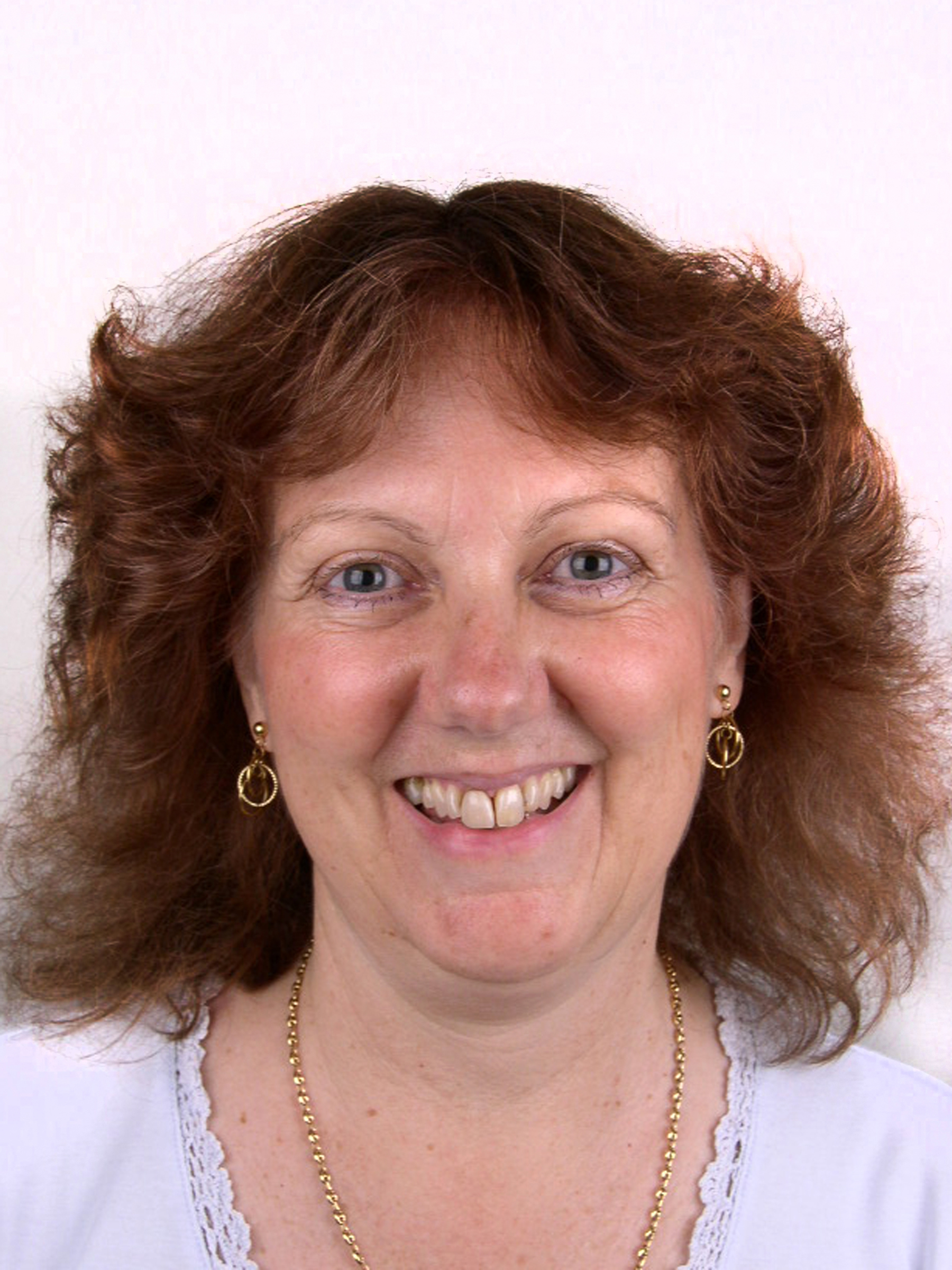Did you know you don't have to have taken a DNA test with MyHeritage to benefit from its database and tools? Whoever you took your DNA test with, you can upload your results. Here we show you why that could break down your brick walls and reveal more family.
MyHeritage is one of the newer entrants into the market for DNA testing, but with a growing database and the regular introduction of new features it is proving to be a popular choice.
MyHeritage launched its test in November 2016, and currently has 5.8 million people in its database. Although AncestryDNA has a much larger database with over 20 million people tested, there is still much to be gained by adding your results to a different database. You will get many matches at MyHeritage who have not tested at Ancestry.
The MyHeritage website is available in 42 languages and its test is available worldwide with the exception of Israel, Iran, Lebanon, Sudan, Libya, North Korea, Somalia and Syria. MyHeritage is particularly strong in Continental Europe where it already has a large user base as the result of a series of acquisitions. In contrast, Ancestry sells its test in just over 30 countries, and many big European countries such as Spain and Italy are excluded.
Not sure which DNA test to buy? Check out our guide here.
Using MyHeritage’s Database
You can test direct at MyHeritage, but if you’ve tested with another company you can do a free transfer to add your results to its database. There are instructions on downloading your raw data from AncestryDNA at support.ancestry.com/s/article/Downloading-DNA-Data.
The matches are free at MyHeritage, but to access all of the DNA features there is a modest unlock fee of $29 which will allow you to see the trees of your matches and to access all of the additional DNA features such as Shared DNA Matches.
You can upload a GEDCOM file of your family tree to your MyHeritage account or you can build a tree on the website. With a free account you are limited to a tree containing no more than 250 people. A Premium subscription (£59 for your first year, then £89) will allow you to upload a tree with up to 2,500 people. Choosing PremiumPlus (£109 for your first year, then £169) gives you unlimited numbers. If you have a paid subscription you will not need to pay an unlock fee for any of the DNA kits you manage.
MyHeritage’s Ethnicity Estimate gives you ethnicity percentages based on how much DNA you share with the site’s reference populations. You can currently be matched with 42 populations from around the world, but an update is anticipated in 2022.
MyHeritage also has more than 2,000 genetic groups that provide a more granular indication of the regions within each country where your ancestors might have lived in the past few hundred years. The genetic groups are particularly informative for people who have ancestry from Continental Europe because of the website’s large European user base.
How to use MyHeritage DNA tools
MyHeritage provides lots of tools for working with your matches. Various filters enable you to sort your matches in different ways such as by location, shared surnames or shared places. Coloured labels can be assigned to matches to sort them into clusters based on shared matches. Clustering is the key to success with autosomal DNA testing, and once you have assigned matches to clusters you can build out the family trees to identify the common ancestors. The AutoClusters feature automates the process of sorting the matches into clusters, but the groups will need some manual curating and you will still need to add the coloured labels manually.
MyHeritage reports all matches down to 8 cM, but it is best to focus on the top matches sharing about 30 cM or more. The lower matches are labelled as low- or medium-confidence matches, and with good reason because many of them are likely to be false or very distant matches. If you’ve tested your parents then you can see the problem of false matching at first hand, because many of the small matches won’t match either your father or your mother.
Finally MyHeritage has a feature known as the Theory of Family Relativity that is very similar to Ancestry’s ThruLines. It uses an internal ‘Big Tree’ based on millions of family trees and genealogical records to automate the process of identifying common ancestors between matches. The full pathway to your match is shown along with the trees and the records used to make the connection. You are more likely to benefit from this feature if you have a detailed family tree.
Our favourite MyHeritage DNA features
AutoClusters
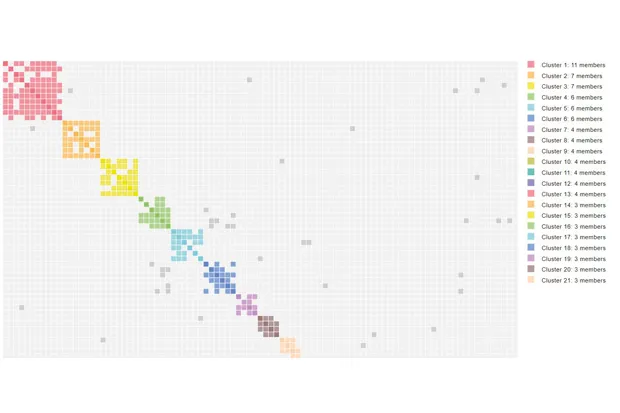
AutoClusters is a tool which automatically sorts your matches into shared match clusters. It’s a good way of doing a preliminary sort of your matches.
Chromosome Browser
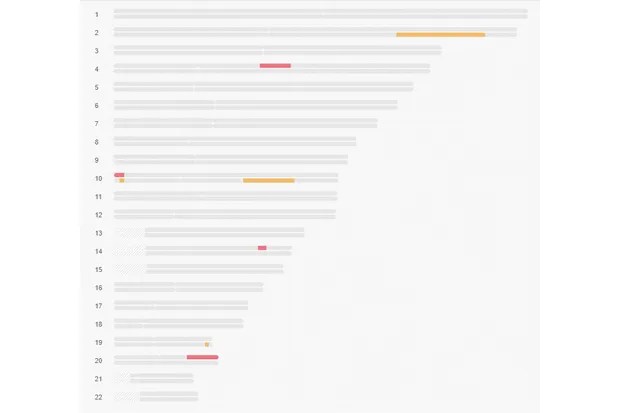
This tool provides a visual overview of your matches and reveals which segments of your DNA you share with your genetic cousins.
Theory of Family Relativity
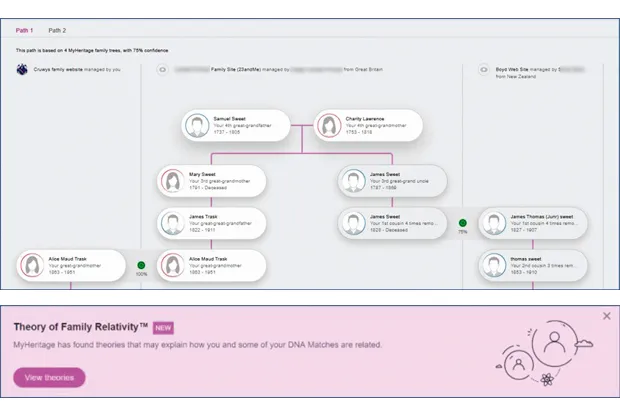
MyHeritage uses an internal ‘Big Tree’ and various algorithms to determine the relationship path between you and your matches.
Coloured Labels
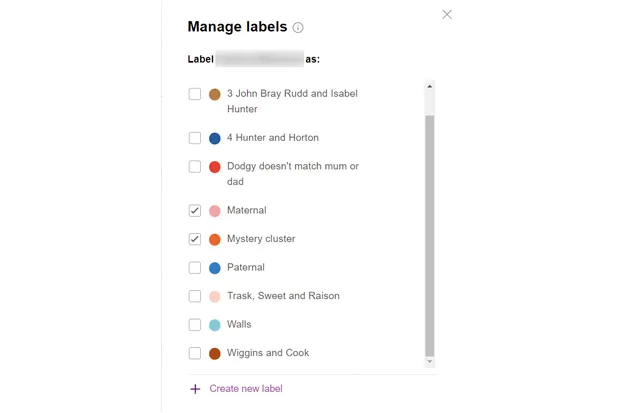
Use the labels to sort your matches into shared-match clusters. You can then try to identify the common ancestors for each cluster.
Country List
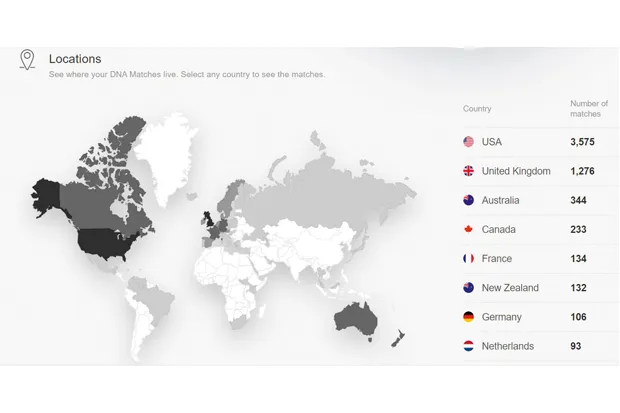
Matches have country flags showing the place where the tester lives. You can filter by country to focus on the most relevant matches.
Genetic Groups
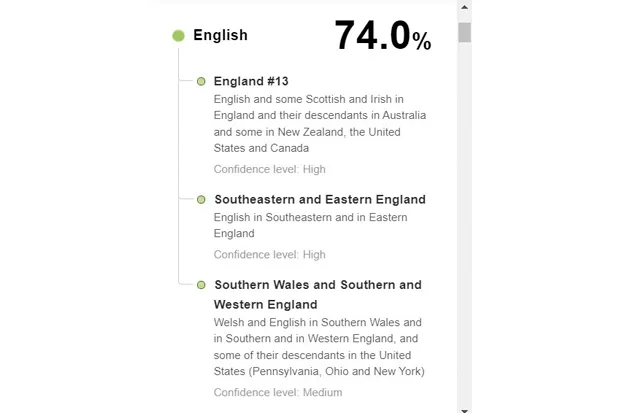
Genetic groups are clusters of people who share ancestry from the same region. You can filter your matches by genetic group too.
